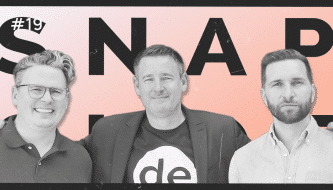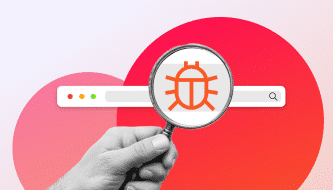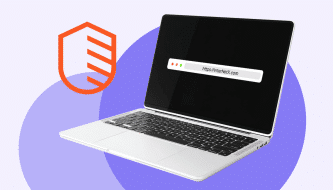
It’s all about domains… Ron Jackson (DNJournal)

A conversation through the vibrant world of domain investment with insider knowledge and expert insight from Ron Jackson, the author behind the domain industry's most influential publication: DNJournal.
Published by

Simone Catania
Date
One market in the domain industry has shown remarkable growth and dynamism: domain investing. As this sector expands, the need for reliable, up-to-date information becomes paramount.
Enter DNJournal, a beacon of knowledge and insight for those navigating the intricacies of domain sales and developments. Founded on 1 January 2003 by Ron Jackson, a seasoned editor with a keen eye for the domain industry’s pulse, DNJournal has become an indispensable resource. With its comprehensive coverage of domain name sales across all registries and geographies and a commitment to publishing year-to-date sales data, DNJournal is undeniably a cornerstone of our industry.
Ron Jackson, DNJournal’s Chief Editor and President, brings his expertise and collaborative spirit to the forefront of the domain investing community. His professionalism and dedication have made DNJournal a publication and a platform where industry trends are reported and analyzed.
Join us as we delve into an exclusive interview with Ron Jackson. Get to know the man behind DNJournal, explore the roots of his editorial project and gain professional insights into domain investing. This is your opportunity to peer behind the curtain of the domain market’s leading publication!

1What led to the creation of DNJournal? What gap in the domain investing market were you aiming to bridge?
When I first discovered the domain industry in 2002, I had no plans to start a publication.
After 20 years in broadcasting and journalism (print, TV and radio), I decided I wanted to work for myself, so I returned to my other first love, music and opened a chain of record stores.
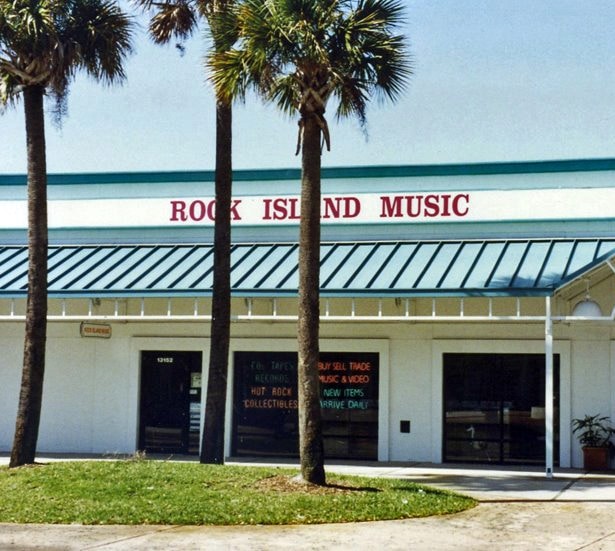
I had a great run in that business for the next 12 years, but then the internet came along, and the ability to download music, coupled with the arrival of CD burners that allowed unlimited copying, wiped out almost every record store in the US, including mine. In 2002, I suddenly had to find a new line of work.
The only thing I knew about domains was that I registered one in 1997, which I used to create a website for my music store: musicparadise.com. Having been wiped out by the internet, I decided that anything I did in the future would have to focus on the web because it was disrupting one industry after another. It was a classic case of “if you can’t beat them, join them!”.
I knew I would need a new domain name for whatever I did, so after thinking about what kind of work I might want, I started looking for a few domain names that would match those ideas. While doing that, I stumbled upon DNForum.com, where the members talked about buying and selling domain names alone.
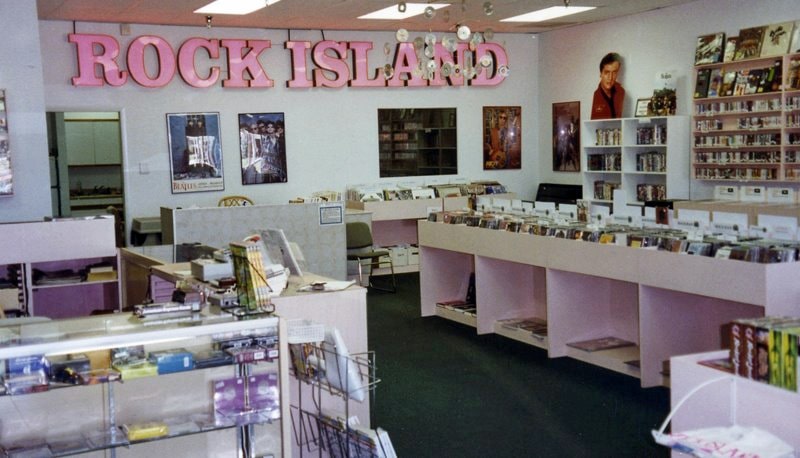
I had thought you would have to build a website on a domain for it to have any value, so the fact that specific names could be worth much money on their own was an enormous revelation! Having been a journalist, I loved letters and words and was stunned to think you could buy, sell and own them on the internet. I thought: “If there was ever a business made for me, this is it!”
The problem was that the early pioneers who were already in the business and knew how it worked were not eager to create much competition for themselves by sharing their secrets. So, I started looking for a trade magazine, but there was none. Then I started thinking, “Well, with a $10 domain name and a $10 a month hosting account, I could start an online magazine myself”. The idea was to use it as a networking tool that would make it easier for me to learn about the business and build more relationships.
At that time, I had no thought of becoming a business when I launched DNJournal on New Year’s Day 2003. However, before that year was out, Sedo contacted me about advertising on the site, bought the first banner ads and they have been on for over 20 years! I will always be grateful to them because when other companies saw Sedo there, they thought, “Maybe we had better get on there too!” It just took off from that point and became my primary business within a couple of years, though I also continue to be an active domain investor.
2What examples of successful domain name investments have you made or seen in the industry?
The investments that attract people’s attention are the high-end sales, six and seven-figure transactions involving domains that the original owner may have picked up for under $100.
Some got their domains for free, like my friends Michael Castello and his brother David from Castello Cities Internet Network. Michael registered many great names in the mid-1990s, and they have given him eye-popping sales like whiskey.com at $3.1 million. Many of Michael’s contemporaries have done the same thing with legendary results and most of their names are known far and wide now: Frank Schilling, Rick Schwartz, Kevin Ham, Scott Day, Garry Chernoff, Nat Cohen and many more whose names would fill this entire page if I kept rattling them off.
Having concentrated on the small business market, it has been more about building a revenue stream with many affordable domains that consistently sell.
I have a portfolio of about 2,000 domains and my turnover rate in recent years has been 3-4% annually. People commonly think that the average turnover rate for a portfolio is 1-2%. At this point, I can renew almost the entire portfolio every year and it will spin off a decent revenue stream year after year from sales alone.
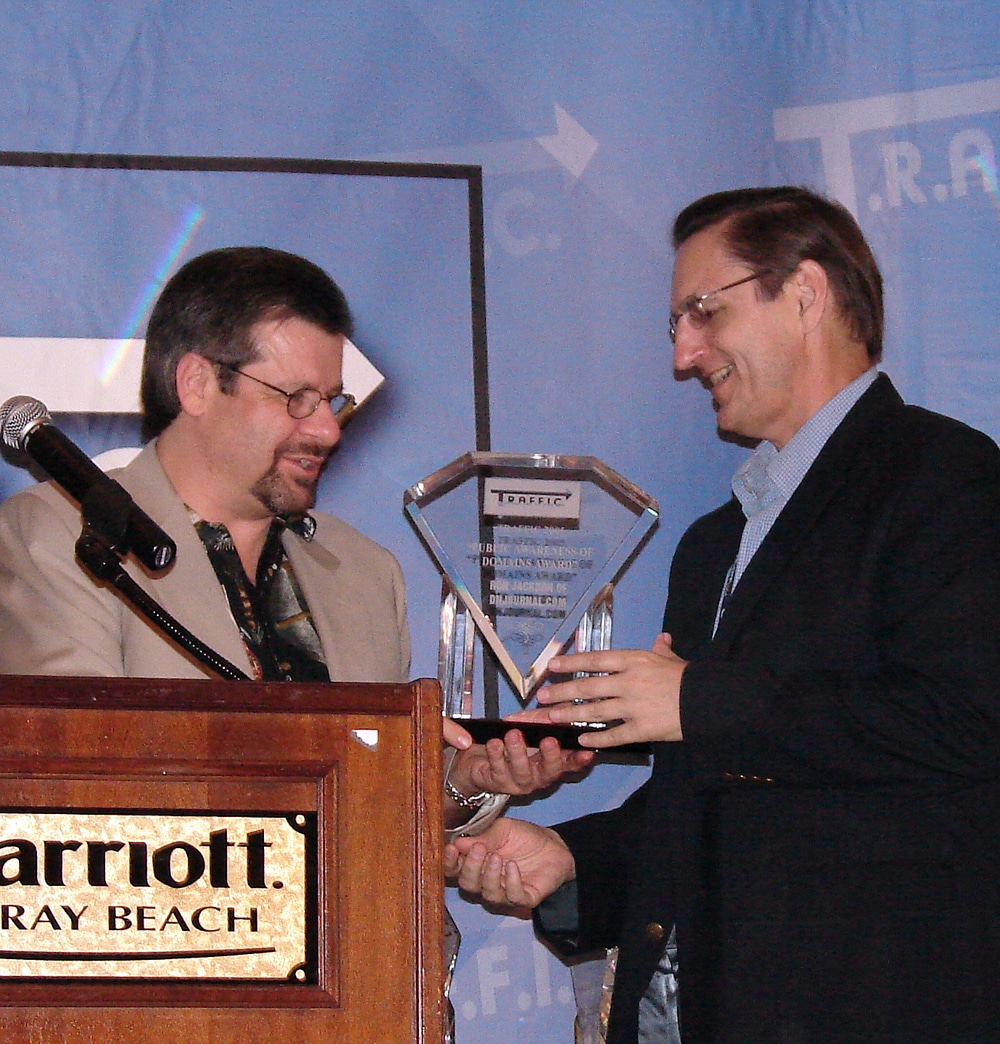
3As a veteran in the domain name industry, what trends have you observed since you began investing in 2002?
It has been wonderful to see the industry grow into what it has become today and see much more of the mainstream business world finally understanding the value of the right domain to their enterprise. There is still much room to grow because many businesses still don’t understand that, even though the COVID-19 pandemic certainly woke up thousands of them worldwide. That was when so many suddenly realized they would be out of business if they didn’t build or improve their online presence immediately.
The primary constant force in the industry has been consolidation, with the bigger, well-capitalized companies swallowing up innovative smaller ones—but that has always been the way of the business world and is not surprising.
4What common mistakes have you observed in the domain investing market? How can investors avoid them?
The big mistake I and almost every new investor made was diving in head first and hitting my head on the bottom of an empty pool. For most of the people who came in when I did, the second wave after the original pioneers, we were mostly flying by the seat of our pants and following gut instinct. That’s because I didn’t take the time to learn what makes a given domain valuable and, more importantly, how valuable a particular name is so you don’t overpay for it and will have a decent chance to profit.
You learned by trial and error – which is effective but can also be very expensive! We would buy a lot of stuff and see what would sell and what wouldn’t.
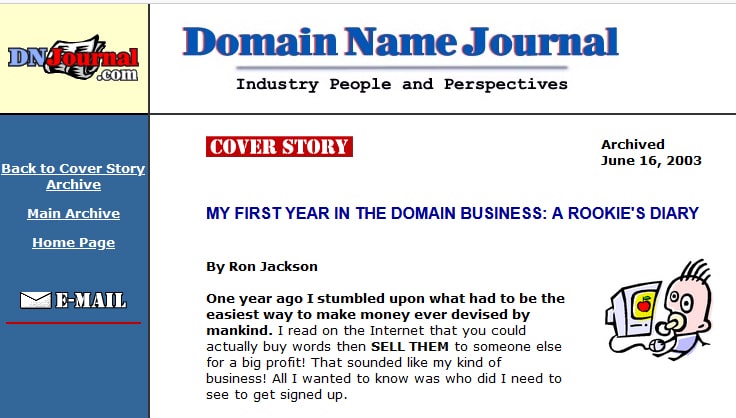
There weren’t many places to learn from. Blogs did not even exist then. DNJournal tried to help with our regular domain sales reports that give readers a long list of recent sales showing them the exact price paid for specific domains so they could learn from studying those examples before spending their money. It used to take a year or two to start getting a handle on what worked and what didn’t. Today, there are many more resources to draw on like your Snapshot, including complete educational programs.
5You own a significant number of three-letter “.us” domain names. What motivated you to invest in this ccTLD?
I have an affinity for .us because I discovered the domain business thanks to it.
It was back in the spring of 2002 when I was trying to figure out what I would do for a living after closing the record stores. I was building my computers, so I subscribed to many computer magazines. A new issue arrived one day and inside the front cover was a full-page ad placed by the .us registry announcing that the TLD would be opened to all US citizens on 24 April of that year. In the 17 years before that, .us, the first ccTLD on the internet created on 15 February 1985, was available only to a limited pool of users like government, schools and law enforcement.
I remember that when I went looking for my record store domain in 1997, the actual name of the store, Rock Island, had already been taken to .com. I settled for MusicParadise.com and eventually changed the store’s name to match. I saw the .us ad and thought this was an excellent opportunity to get some high-quality keyword domains for the ideas I had in mind. It was before I discovered the business of buying and selling names, but the ad started me on the journey that led me to the business.
I also like the dual function of “us” in a domain name. In addition to being a ccTLD of the United States of America, the word “us” gives organizations more options for creating catchy domains.
Looking at the American small business market, I knew many couldn’t afford a short .com or the one they needed might not be available at any cost. I though they might be attracted to this new .us alternative. I gathered hundreds of them in those early years and they have paid for themselves every year, though they have only started paying off at a significantly higher level in recent years.
I credit the ubiquity of zoom.us for spreading .us recognition, along with the explosion in the number of new gTLDs that has created awareness that there are now a lot of options on the other side of the dot.
6Are there any emerging trends or technologies that might impact the domain investing industry shortly?
We have seen many domain stampedes in recent years with names related to cryptocurrency, blockchain and NFTs, all quickly devoured, but none of us has seen an explosion like we are now around AI. It has created an entire industry around .ai, a small island nation’s ccTLD, getting extraordinarily high prices from start-ups in that space.
There is no telling how long it will last, as only so many AI companies will be created and many will be squashed or swallowed by competitors. Still, it is a case of grabbing onto the reins and trying to hold on.
I do have a cautionary note on .ai, however. The TLD has extremely high registration prices, many times higher than .com. That is why any names you register or expect to keep renewing must be high quality. Otherwise, they will sit on the shelf and you will get eaten alive by the renewal fees.
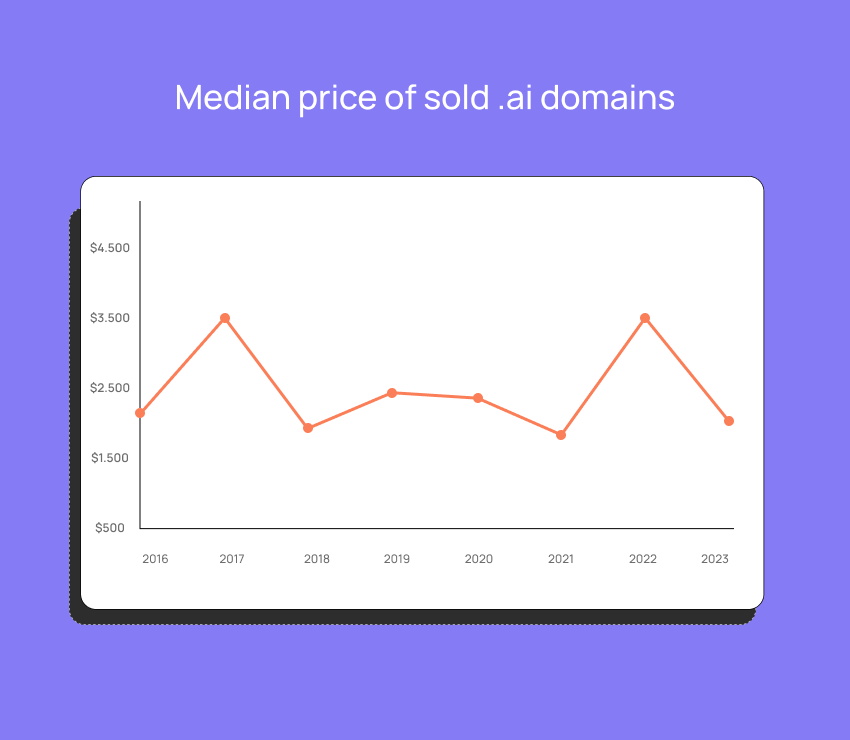
Those unaware of it should also know that, as a ccTLD, .ai is not subject to the standard ICANN rules governing gTLDs. The government of Anguilla has your fate and your company in its hands and can change the rules for .ai as it sees fit. Now, I don’t think they would do anything regarding policy changes because why take a chance of killing the goose laying the golden eggs? Buyers need to be aware that things can change over time.
7What does the future hold for the domain name industry?
From day one, 22 years ago, I have always been optimistic about the future of domain names, and that has never changed, especially not now when I see that the mainstream business world still needs to fully grasp how important the right domain is to its enterprise. We have made enormous strides in that regard and many people have done very well in this business because of it. I still see room for growth and new converts.
Even if you don’t buy, sell or trade online, the web is where people go to find out where you are, more about your product and services and how to contact you. I know many people use social media instead of their site, but that is not much better and can be highly hazardous to your financial health. You are putting your business at the mercy of some corporation that can quickly put you out of business for violating some arcane rule – and they won’t even tell you why they shut you down! Be smart – get your domain name and build your own website.
Find perfect domains
As for DNJournal’s place in it, I expect to see the status quo maintained, and I am happy with that as I love everything I do. Thanks to our advertisers, we have always received the resources needed to cover the industry and the many extraordinarily creative people who make it a wonderful field. Since I expect the industry to continue doing well in the years ahead, I feel very good about the prospects not only for DNJournal but for every domain professional who is reading this – and I wish the best for all of you!

